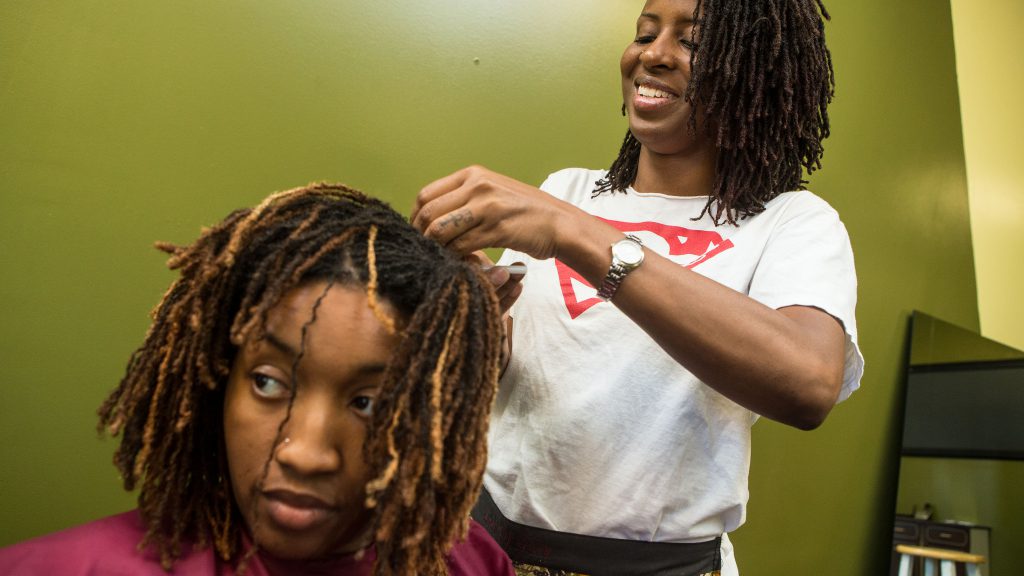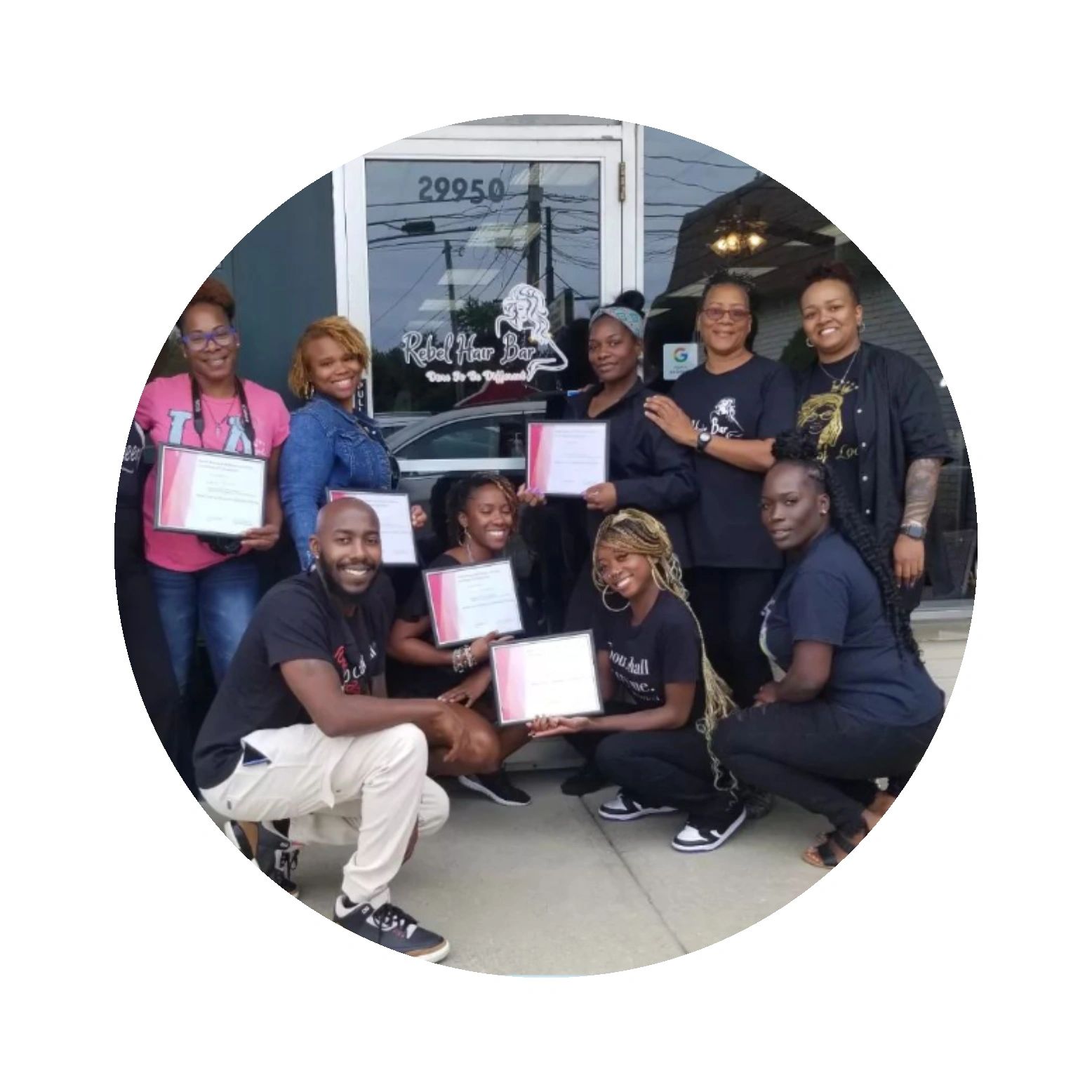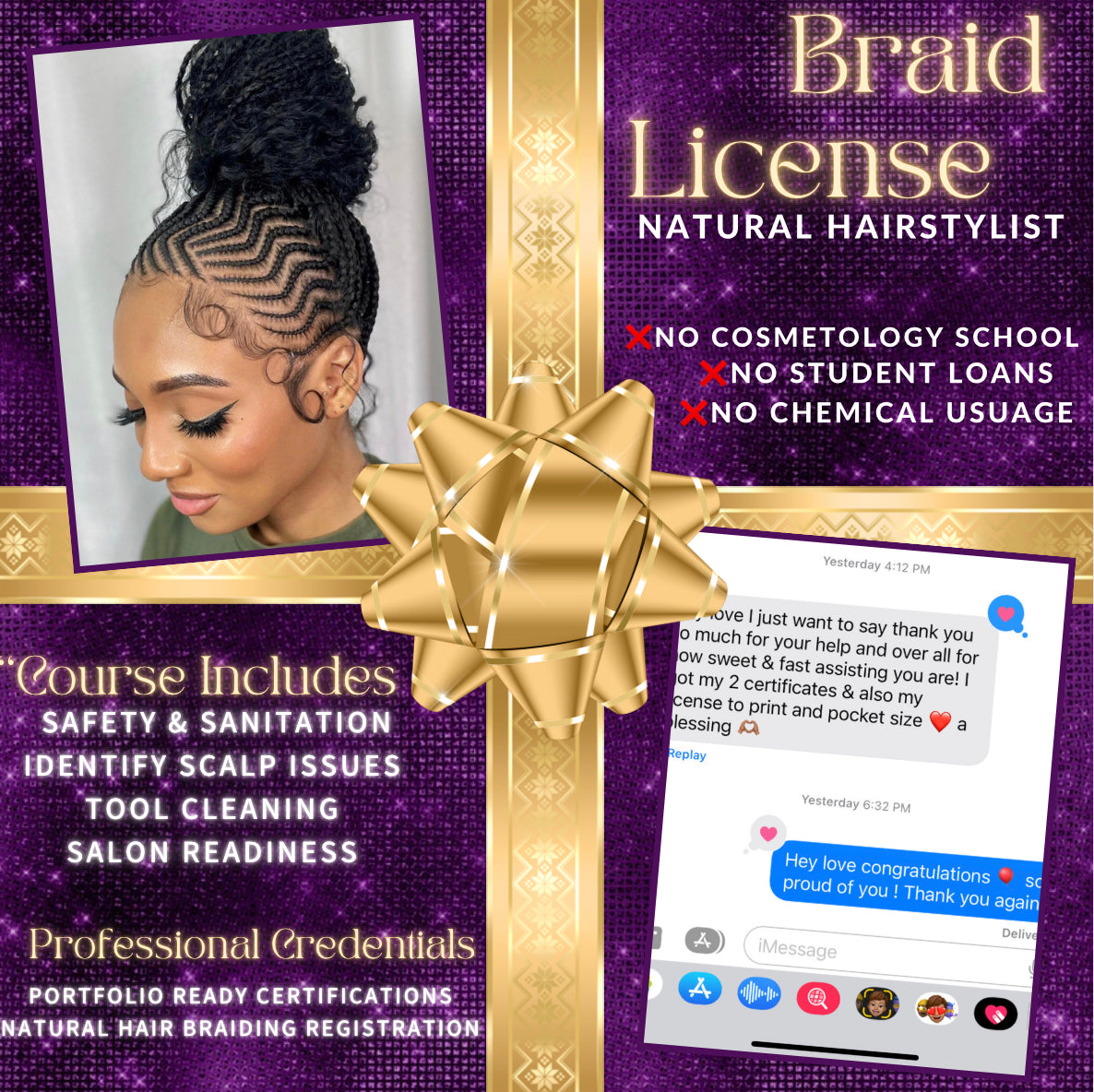How To Get A Braiding License In Ohio

For individuals passionate about hair braiding and seeking to establish a professional career in Ohio, understanding the state's regulatory framework is crucial. Unlike many states, Ohio currently does not require a license to practice natural hair braiding.
This article outlines the specific regulations surrounding hair braiding in Ohio, clarifying what activities are permitted without a license and highlighting potential pathways for professional development within the beauty industry.
Understanding Ohio's Stance on Hair Braiding Licensing
The absence of a specific braiding license in Ohio is a significant factor for aspiring braiders. This means individuals can legally offer braiding services without completing formal cosmetology or barbering training.
However, it's essential to understand the boundaries of this exemption and ensure compliance with other relevant regulations.
Permitted Activities Without a License
In Ohio, individuals can perform a variety of natural hair care services without a license. These services typically include braiding, twisting, weaving, and extending hair using natural techniques.
The key differentiator is the absence of chemical treatments or cutting. Services involving chemicals, dyes, or permanent alterations typically require a cosmetology license.
According to the Ohio State Cosmetology and Barber Board, braiding, extensions and other natural styles are unregulated.
Activities Requiring a License
Any service that involves chemical processing, cutting, or coloring falls under the purview of licensed cosmetologists or barbers. This includes relaxers, perms, and hair coloring treatments.
Individuals offering these services without the appropriate license may face penalties. The Ohio State Cosmetology and Barber Board are responsible for enforcing these regulations.
Navigating Business Operations as a Braider in Ohio
Even without a braiding license, individuals operating a braiding business in Ohio must comply with other business regulations. This includes obtaining a vendor's license and adhering to health and safety standards.
Operating a compliant and professional braiding business is essential for long-term success. The local county office can provide the proper vendor's license.
Health and Safety Considerations
Maintaining a clean and sanitary workspace is crucial for any braiding business. This includes proper sanitation of tools, equipment, and the work area.
Adhering to these standards protects both the braider and their clients from potential health risks. It is recommended to visit the Ohio Department of Health website for more detailed information.
Business Registration and Vendor's License
Before starting a braiding business, individuals must register their business name and obtain a vendor's license. This license allows the business to collect and remit sales tax.
Contacting the Ohio Secretary of State and the local county auditor's office is crucial for navigating these registration processes.
Opportunities for Professional Development
While a license isn't mandatory, pursuing professional development opportunities can enhance a braider's skills and credibility. Participating in workshops, seminars, and advanced braiding courses can contribute to professional growth.
These opportunities allow braiders to stay current with the latest trends and techniques in the industry. This can also enable them to build a strong reputation and client base.
"Though not required, additional training can offer a competitive advantage."
For braiders interested in expanding their service offerings to include chemically-based treatments, pursuing a cosmetology license is necessary. This requires completing a formal cosmetology program and passing the state licensing exam.
Individuals may choose to specialize in the natural hair techniques offered by braiding. These techniques include styles such as cornrows, box braids, and dreadlocks.
In conclusion, while Ohio doesn't mandate a specific license for braiding, understanding the regulatory landscape is essential for success. By adhering to health and safety standards, properly registering their businesses, and considering professional development opportunities, braiders can establish thriving and reputable careers in the state.


















